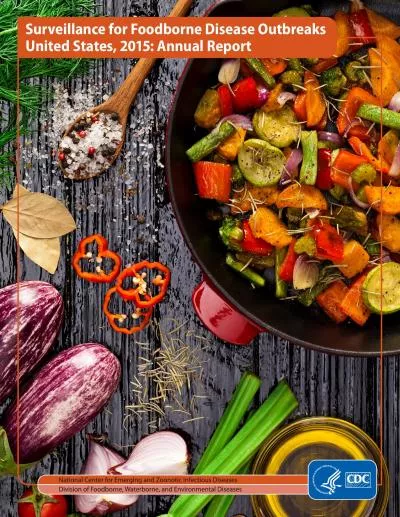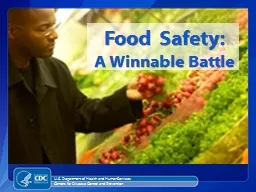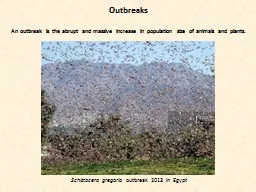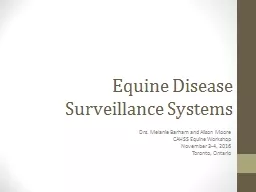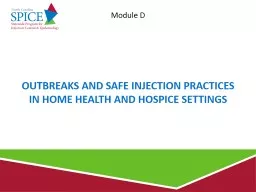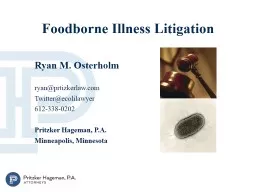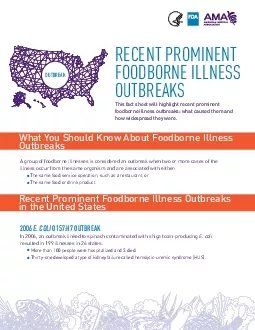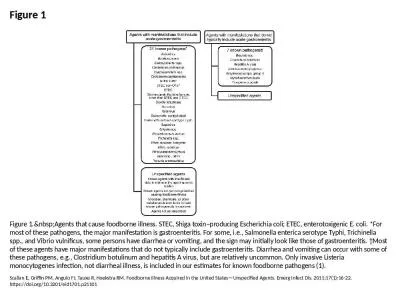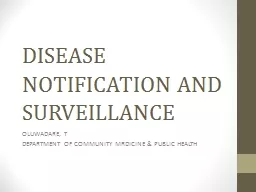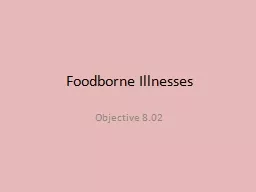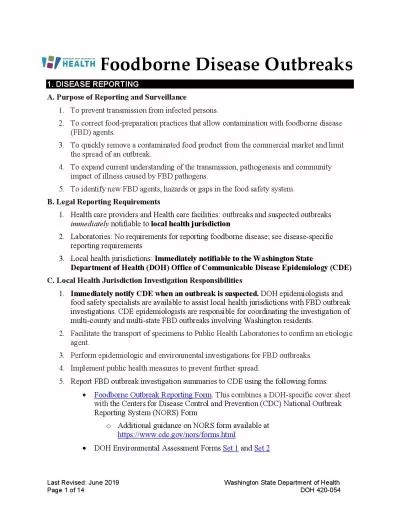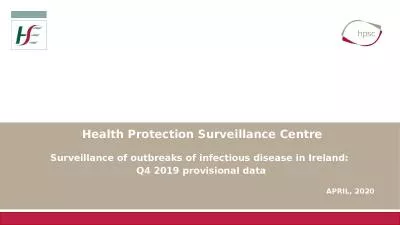PDF-Surveillance for Foodborne Disease Outbreaks
Author : olivia | Published Date : 2022-09-22
United States 2015 Annual Report Acknowledgements The 31ndings in this study are based in part on contributions by state local and territorial health departments
Presentation Embed Code
Download Presentation
Download Presentation The PPT/PDF document "Surveillance for Foodborne Disease Outbr..." is the property of its rightful owner. Permission is granted to download and print the materials on this website for personal, non-commercial use only, and to display it on your personal computer provided you do not modify the materials and that you retain all copyright notices contained in the materials. By downloading content from our website, you accept the terms of this agreement.
Surveillance for Foodborne Disease Outbreaks: Transcript
Download Rules Of Document
"Surveillance for Foodborne Disease Outbreaks"The content belongs to its owner. You may download and print it for personal use, without modification, and keep all copyright notices. By downloading, you agree to these terms.
Related Documents

